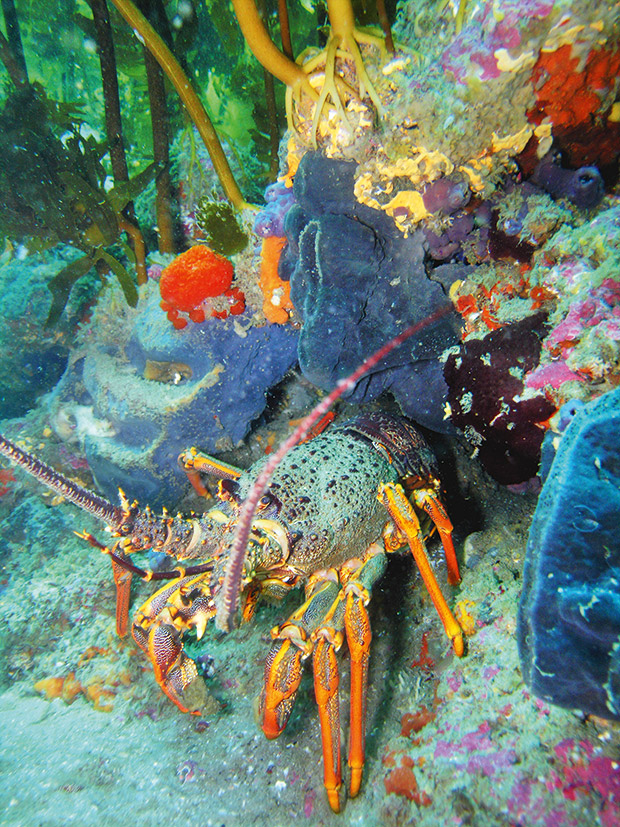Who was or is J.R.R Tolkien? Why was and is he so famous? You may have heard of him or not, but his name is John Ronald Reuel Tolkien. Tolkien was an English writer, philologist and scholar. He is very well known for his very famous fantasy books: The Hobbit and The Lord of the Rings.
He was born in Bloemfontein, South Africa, on the 3rd of January, in 1892 to Arthur and Mabel. At age four, he was away visiting family in England, when his father soon passed away to rheumatic fever in South Africa. His family was then moving all over Birmingham, town to town, street to street, for a few years or so. During that period of time, he attended King Edward’s school and spent a brief time at Oratory school due to his mother converting to Catholicism. When he was twelve, his mother had developed diabetes with an untreatable illness leading to her death later on. Tolkien and his brother Hilary were made wards of a catholic priest but lived with aunts in multiple boarding homes not long after. At age sixteen, he met Edith Bratt, who would later on become his wife.
In his last years of school, he was very talented in modern and classical languages with 6 contributions he made to King Edward’s School. In 1911, he won a scholarship to Oxford and two years later he was able to change from classics to English with his interest in philology. In 1915 he got his degree graduating as first-class honours, then in 1916 he got married to Edith Bratt. He was then working with staff in the Oxford English Dictionary and many other jobs. During this time, he was also writing many books, poems and letters. One of them being Santa Claus letters to his kids that were then published.
Tolkien had many famous books and poems but his most famous and top selling book to this day is The Hobbit. Around 1930 he was grading students’ certificates when he came across a blank piece of paper so, with boredom he wrote “In a hole in the ground there lived a hobbit”. He was inspired to add on to this fantasy as a bedtime story to entertain his 3 kids. 2 years later he ended up finishing it and showed multiple people unintentionally knowing it would become greater than that. It was then published in September 1937 with 1,500 copies sold out by December.
Another top selling book of Tolkien is The Lord of the Rings. He started writing this book in 1937 as a follow up of The Hobbit. T.L.O.T.R took Tolkien 12 years to finish writing with many breaks along the way. In the years 1954 and 1955 it was published in three different parts and since then it has been translated into 38 languages. This book is now world wide famous with its main fame in the fantasy genre.
Tolkien’s ability to paint clear imaginiations in not only adults but children’s minds has given him a massive fan base that has carried on for generations. On September 2, 1973, Tolkien passed away in Bournemouth, England with many accomplishments and achievements throughout his life. His inspiration and legacy will, and has been carried on for years.


photo credit



 This is a photo of our hāngī while it heats up the stones, (from my nans tangi)
This is a photo of our hāngī while it heats up the stones, (from my nans tangi)
